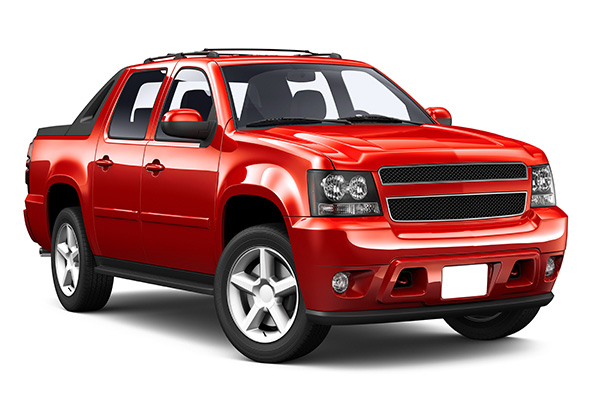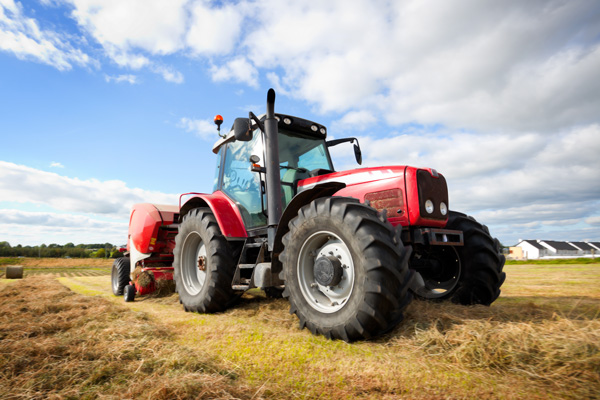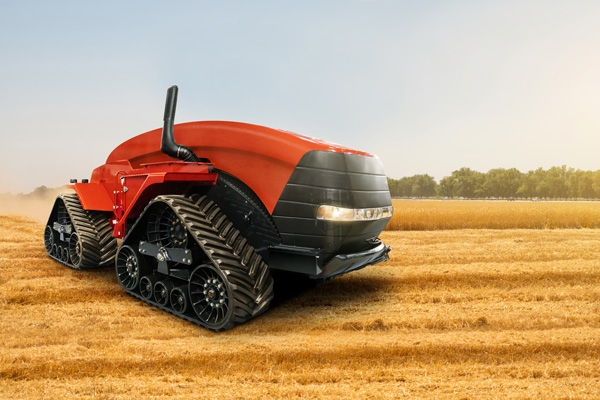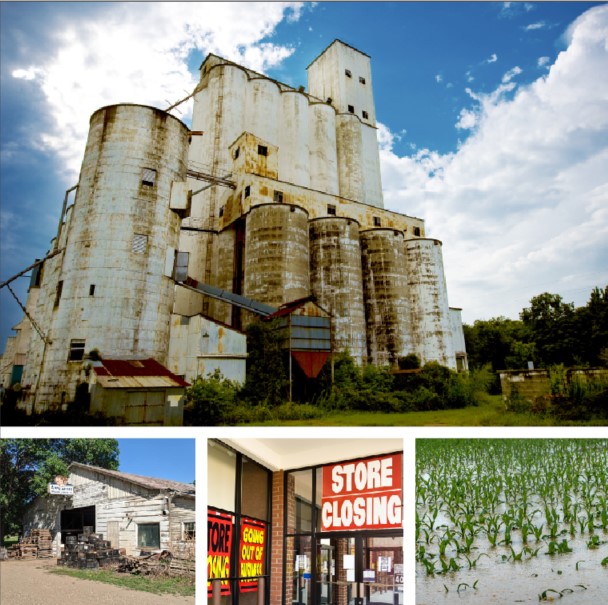Welcome
What will North Dakota be like in 2045?
We don’t know exactly what the future holds, but we do know we need a plan that’s flexible enough to accommodate uncertainty.

To Navigate:
Use the navigation menu to visit a specific topic OR use the Next and Previous arrows to move between slides.
To Provide Feedback:
Complete the anonymous surveys along the way and/or share direct feedback by clicking the Comment button at any time.
Remember when?
Remember when?
North Dakota has changed a lot in the past 25 years and new innovations continue to transform our state.
But first, let's take a look back at what transportation was like in 1995. Slide the bar across the images to take a journey back in time and see how far we have come in 25 years. We no longer roll down the window, and we ask Siri or Google instead of struggling with a paper map.
The point is - we probably couldn't have dreamed of smartphones, much less smartphone navigation, in 1995.


Remember 'rolling' down the window? Turning the 'dial' on the radio? 'Cranking' the heat or mashing the gears? On-board technology in our vehicles is changing rapidly and offer significant improvements to safety and efficiency.


What would we do today without Siri and Google Maps? Remember trying to refold paper maps and printing out directions? Transportation as a service is expanding quickly and now with a touch of a button you can find somewhere, order food, or find a ride.


Cars, trucks, trains, and planes are all made larger and heavier today. For example, compared to a 1990 Ford F-150, the 2020 model is a ton heavier, 3 feet longer, 2 feet wider, with 50% more horsepower and 4 mpg more efficient.
What will 2045 Look Like?
What will 2045 Look Like?
Technology and innovations in transportation are changing rapidly.
Instead of trying to predict exactly what the next 25 years will bring, Transportation Connection explores several possible futures and the significant change they could bring to North Dakota – where we live, what we do, how we get around, and what we expect from our transportation system.
Some things were predicted 50 years ago and just now becoming reality.


Self-driving cars and technologies that link our vehicles to infrastructure were once science fiction, and yet today they are becoming a reality.


Industries like agriculture are already developing and testing fully automated equipment which could become the norm of 2045.
Introducing: Scenarios
Introducing: Scenarios
Scenario planning is an exercise that helps us think about the future in different ways.
Suspend your preconceived notions of what the future might look like and explore each of these alternatives with a fresh perspective. Imagine what life would be like, how you would travel, work, shop and communicate. What has changed and what has remained the same?
NDDOT is not suggesting that any of these futures will occur or that there is a preferred scenario, but we are thinking about big-picture possibilities and asking “what if” so we can plan flexibly.
Rural Renaissance
 Rural Renaissance
Rural Renaissance
What if our rural areas become communities of choice in the future?

It’s 2045. Imagine you just moved into your new smart house with open space and fields all around. You check your greenhouse before getting on a call with customers on the other side of the globe, while your spouse is out in an outbuilding 3D printing drone components for a manufacturing company based in North Dakota.
Characteristics of a Rural Renaissance
- Rural communities become drivers of new population growth
- Gig work and home-based advanced manufacturing take off
- Local and specialized agricultural production and distributed energy generation increases
- Local economies diversify and small town centers expand
- Recreation and tourism grow significantly
Rural Renaissance - Input
 Rural Renaissance - Input
Rural Renaissance - Input
To complete the survey questions below, move the slider to the left to indicate that the event is less likely to happen or right to indicate that it is more likely to happen. Click Submit before moving on to the next slide.
Cities and Centers
 Cities and Centers
Cities and Centers
What if our cities grow quickly and become the centers of the state?

It’s 2045. Imagine you and your family are living in a new high rise with your job just a few blocks away. You moved into the city recently because this is where all the opportunities are. No one travels very far anymore as your shopping, schools, workplaces, and even entertainment are all streamed or delivered right to you.
Characteristics of a Cities and Centers Future
- Mass migration to cities and suburbs with all new growth concentrated in just a few urban areas
- Economy diversifies into professional and technical services
- Energy and agriculture remain important, but their share of economic growth slows
- Suburban and urban growth creates more travel delays, air quality issues, and natural hazard risks
Cities and Centers - Input
 Cities and Centers - Input
Cities and Centers - Input
To complete the survey questions below, move the slider to the left to indicate that the event is less likely to happen or right to indicate that it is more likely to happen. Click Submit before moving on to the next slide.
Ghost Towns
 Ghost Towns
Ghost Towns
What if North Dakota's economy collapses and our quality of life changes dramatically?

It’s 2045. Imagine yourself looking for a job half a world away. There isn't much left to do anymore after the energy industry collapsed and frequent storms made agriculture unprofitable. Your friends and family have already moved away after repeated floods, market uncertainties, and with so few jobs still available in the state.
Characteristics of Ghost Towns
- Population declines across the state as residents move away
- Communities age more quickly as younger residents seek job opportunities elsewhere
- Energy and agricultural industries decline due to policy changes and international trade disruption
- Limited business investment slows the adoption of new technology and innovations
- Increasingly severe and frequent storm events decimate infrastructure
Ghost Towns - Input
 Ghost Towns - Input
Ghost Towns - Input
To complete the survey questions below, move the slider to the left to indicate that the event is less likely to happen or right to indicate that it is more likely to happen. Click Submit before moving on to the next slide.
Smart and Connected
 Smart and Connected
Smart and Connected
What if innovations accelerate and we live in a tech-driven future?

It’s 2045. Imagine yourself with instant connectivity where everything around you has sensors, data streams, and is connected to everything else. Your work is mostly online and you can live anywhere and visit everywhere. It's easy to hail an autonomous drone and zip across the town or the state in a matter of minutes.
Characteristics of a Smart and Connected Future
- New residents move in and spur growth in diverse communities around the state
- Technology and innovation spurs job opportunities in new industries
- Online work and remote jobs grow significantly
- Energy and agricultural industries rapidly automate and become tech-driven
- Big data and smart infrastructure connect North Dakota to the world
Smart and Connected - Input
 Smart and Connected - Input
Smart and Connected - Input
To complete the survey questions below, move the slider to the left to indicate that the event is less likely to happen or right to indicate that it is more likely to happen. Click Submit before moving on to the next slide.
Thank You
Thank you!
Thank you for contributing to the Transportation Connection scenario planning exercise! Although the only certain thing about the future is its uncertainty, stretching ourselves to think about transportation under very different circumstances will help to create a plan that can adapt along with us.
Are you on our mailing list?
Demographic Survey:
The Civil Rights Act of 1964 and related nondiscrimination authorities require the North Dakota Department of Transportation to ensure everyone has the opportunity to comment on the transportation programs and activities that may affect their community. To help with this, we ask that you respond to the following questions. You are not required to disclose the information requested in order to participate. Any information provided will be retained solely for the purpose of collecting statistical data to ensure inclusion of all segments of the population affected by transportation programs and activities. Your information will not be used or retained in any other way.